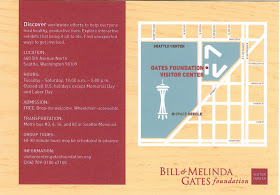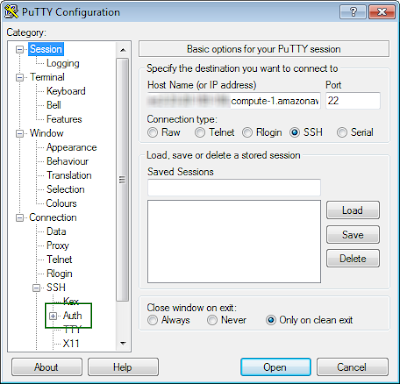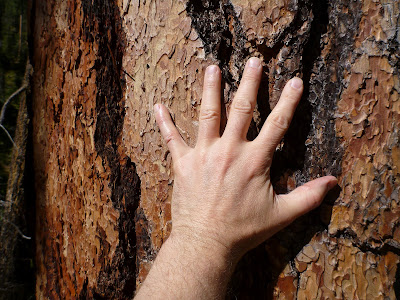Weller Louwelsa Vase with Rudbeckia Flowers
In this pots and plants post, we have paired a Weller Louwelsa vase and Rudbeckia nitida - Gloriosa Daisy ‘Herbstonne’.
The Weller Pottery Company created a wide-range of designs, from art ware to functional ware from the 1870s to the 1940s. This vase is a from the Louwelsa line and is brown-glazed with hand painted roses (it looks like) in reds and golds. According to Warman’s Weller Potter: Identification and Price Guide Louwelsa was produced from 1896 to 1924. Other sources state that the Louwelsa line was one of the most popular Weller lines. This vase is 9.5” tall with the artist mark “Burgess” (for Levi Burgess) on the side and the Weller die-impressed mark and 314 on the bottom. The Weller mark is a half circle seal trademark which Weller used between 1896 and the early 1900s.
Inside the vase we put Rudbeckia nitida Gloriosa Daisy 'Herbstsonne', sometimes commonly called Shining Coneflower due to the prominent green cone. Rudbeckia are a genus in the family Asteraceae (Compositae) popular for their bright yellow and orange flowers. Rudbeckia liven up our tired garden as August slips into September. The bright flowers channel memories of the sun, as the days get noticeably shorter.
Flowers in the in the Asteraceae family are composite flower heads with either ray florets, disc florets, or both. A floret is a small flower in a composite flower head. The R. nitida has both ray florets (the yellow “petals” - they aren’t really) and discs (small flowers in the cone). A close up of the cone shows each the fused petals forming a tube. For other examples of flowers from the Asteraceae family see Wildflowers-and-Weeds.com by the author of the Botany in a Day: The Patterns Method of Plant Identification (a very handy book).
The “cones” of this Rudbeckia are particularly prominent by themselves, but even more so because the ray florets point downward. We grow R. nitida on the north side our our property in a narrow section of yard between a fence and a garage. It’s a spot that gets only a few hours of good sun, not enough in our opinion for optimal growth of the plant. Despite less the less than optimal conditions, this coneflower easily reaches grows to 7 feet, blooming from July to September.
So where does the binomial name come from? Dave’s Garden says the generic name is for Olof Rudbeck and his son (also Olof), 17th Swedish botanists and the specific epithet nitida means shiny or glossy. Quattrocchi, doesn’t spare the details and gives us this generic name origin:
Weller Louwelsa Vase with Flowers (left) and Artist Mark “Burgess” (right)After the Swedish botanist Olaus (Olof) Olai Rudbeck (Rudbeckius), 1660 - 1740, physician, M.D. Utrecht 1690, professor of anatomy and botany, traveler, teacher of Linnaeus, author of De fundamentali plantarum notitia. Trajecti ad Rhenum [Utrecht] 1790. He was father of the Swedish naturalist scientist Johan Olof Rudbeck (1711 - 1790); according to Stearn the name also commemorates the Swedish physician and botanist Olaus (Olof) Johannis Rudbeck (1630 - 1702, b. Vasteras, d. Uppsala), father of O.O. Rudbeck; see J.H. Barnhart Biographical Notes upon Botanists.


The cone of Rudbeckia nitida with disc forets viewed with a Peak Scale Lupe 10x
















































